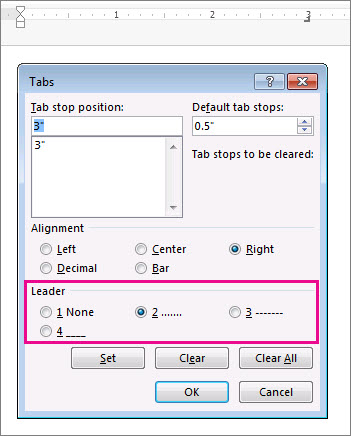

Word displays the AutoCorrect tab of the AutoCorrect dialog box.

In addition, the string starts with a period, not a non-breaking space. Again, the only space that isn't non-breaking is the last one. In the case of the four-dot ellipses, the string would consist of a period, non-breaking space, period, non-breaking space, period, non-breaking space, period, space. Remember that the only space that isn't non-breaking is the final one this allows Word to break a line after the ellipses, but not before. In the case of the three-dot ellipses, the string would consist of a non-breaking space, period, non-breaking space, period, non-breaking space, period, and a space. This consists of a certain number of periods, separated by non-breaking spaces. All of the solutions have one thing in common: creating a string of characters that represents what you want to use for ellipses. There are several solutions you can use to this problem and the one you choose depends on what you are most comfortable with. Word's default ellipsis character does not break over two lines, but she cannot use it as it has no spaces between the dots. Mary Anne likes to keep ellipses all on one line, but because of the spaces, Word will spread them over two lines. If an entire sentence has been left out of the quotation, there will be four dots, each separated by a space, but with no space before the fourth. Most academic styles dictate an ellipsis of three dots, each separated by a space, with a space before and a space after the third. In the academic documents on which she works, when part of a quotation is left out, an ellipsis must be inserted.

Mary Anne works as an academic editor, which means she must conform to specific, rigorous styles for formatting.


 0 kommentar(er)
0 kommentar(er)
